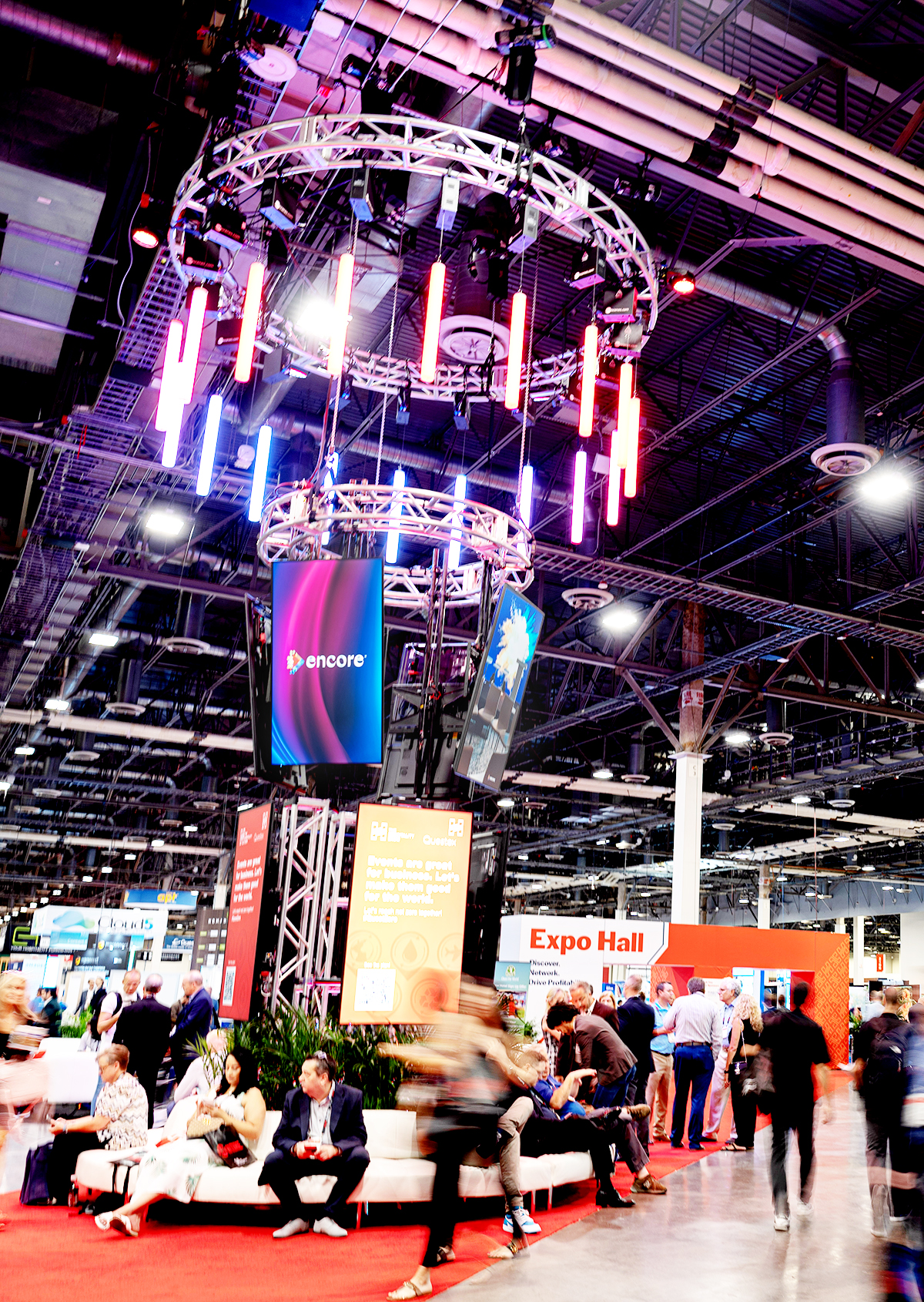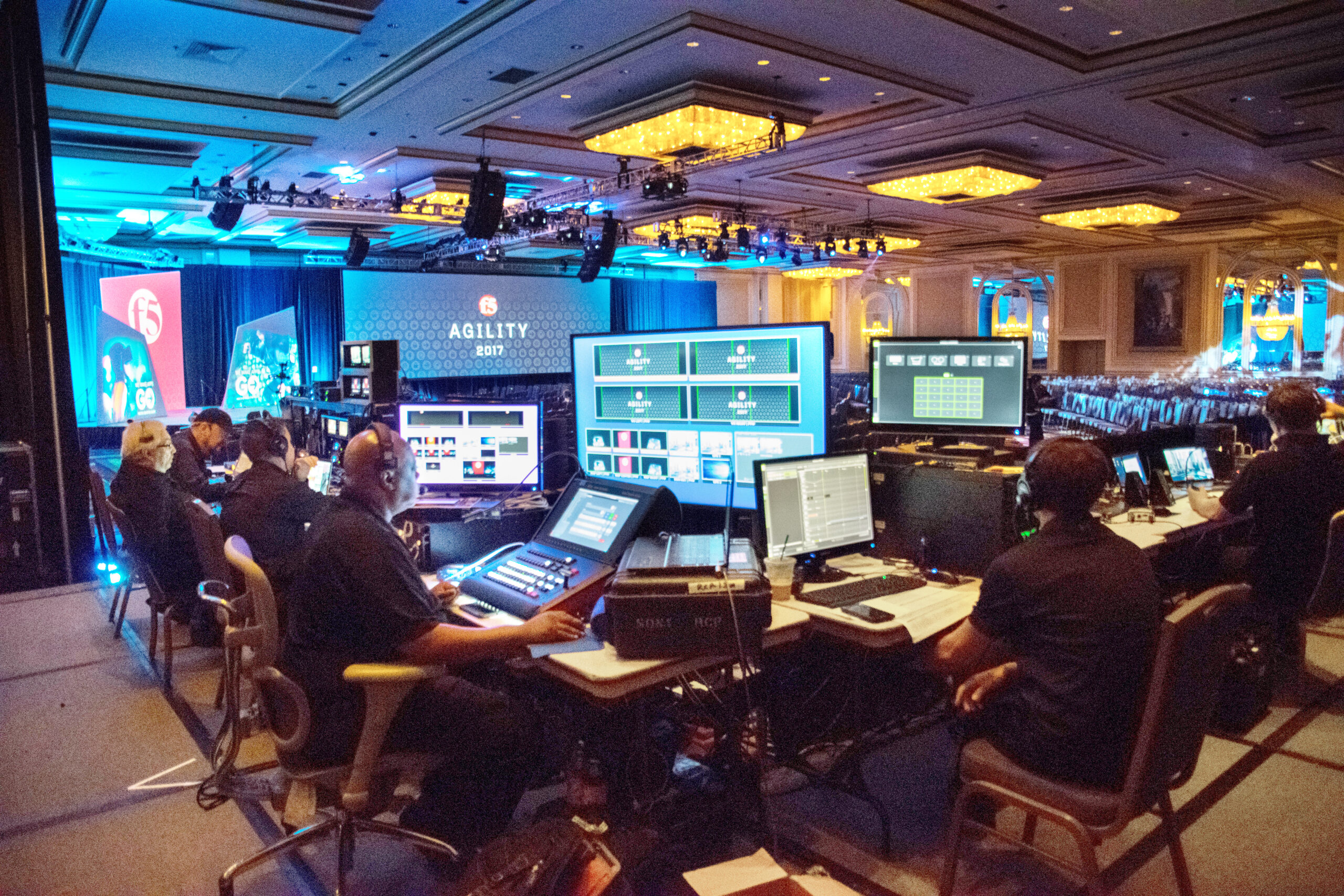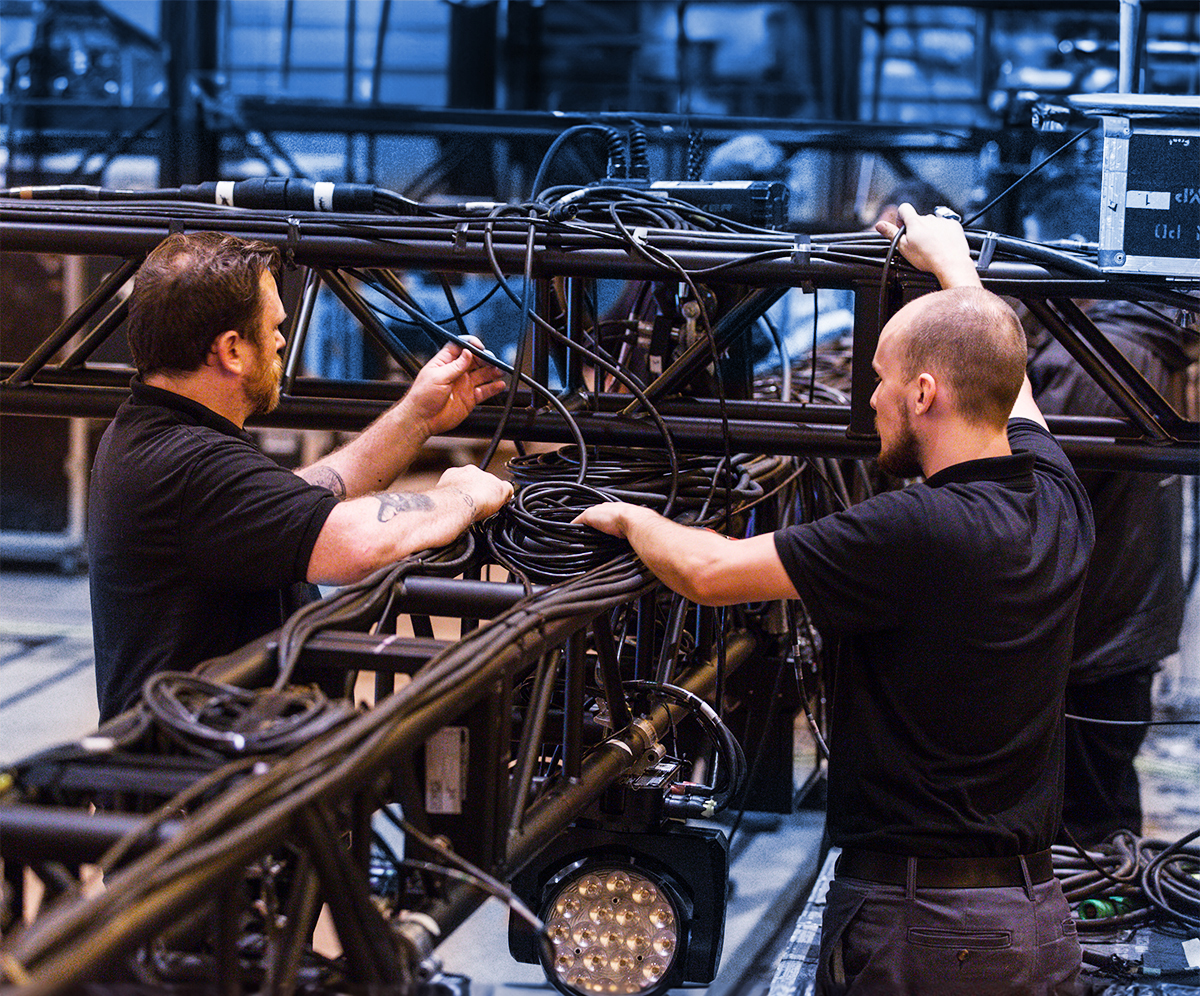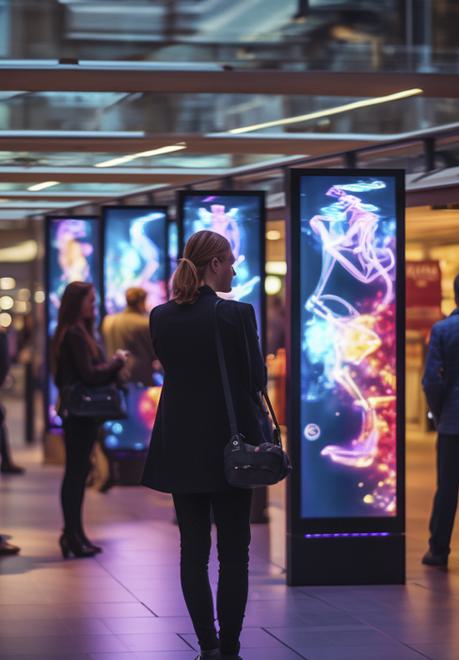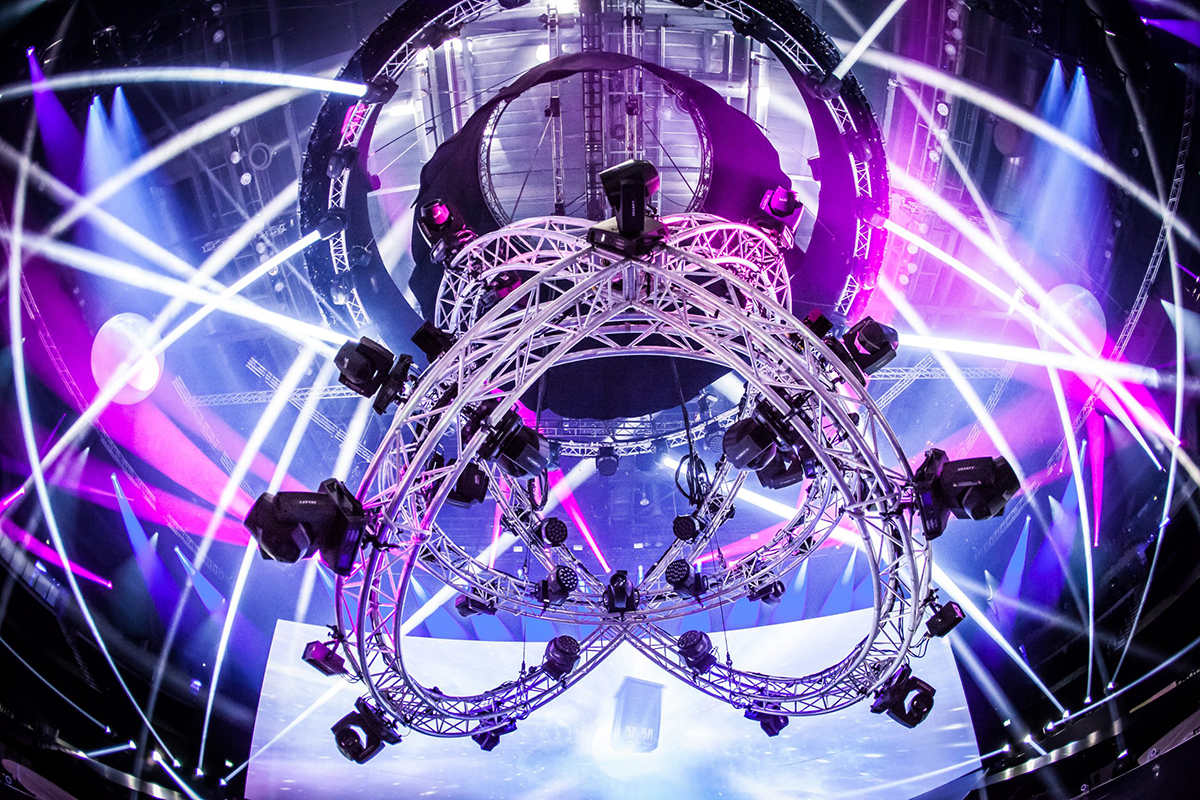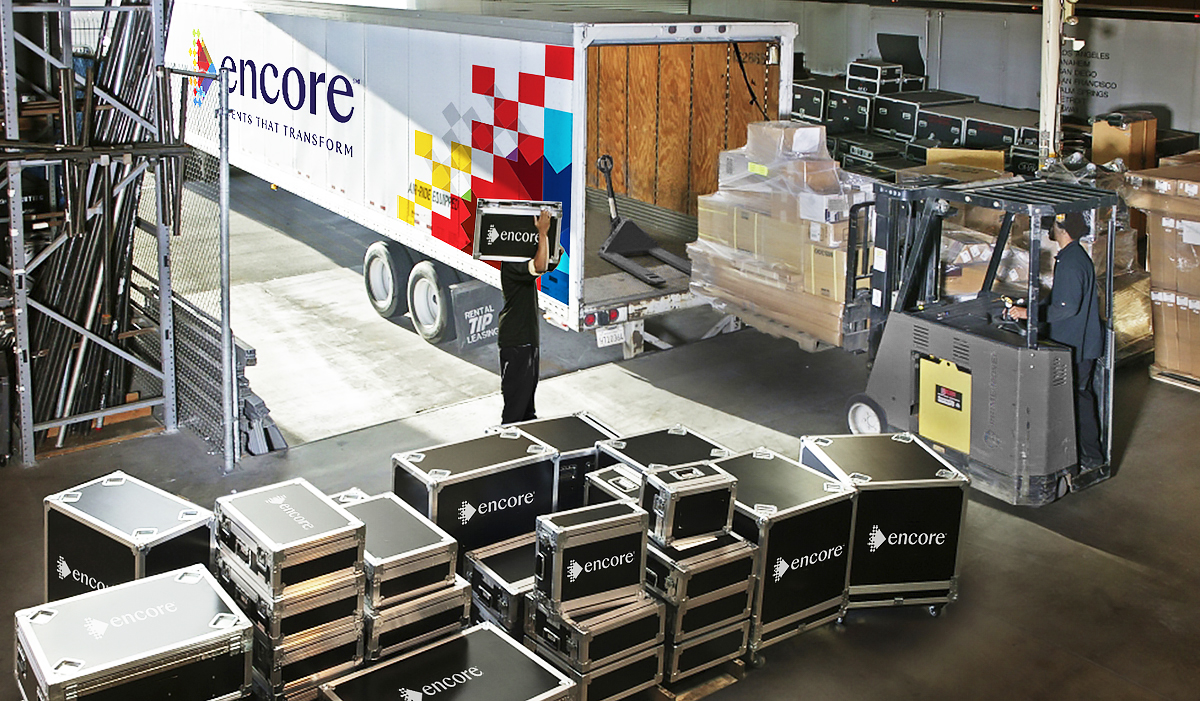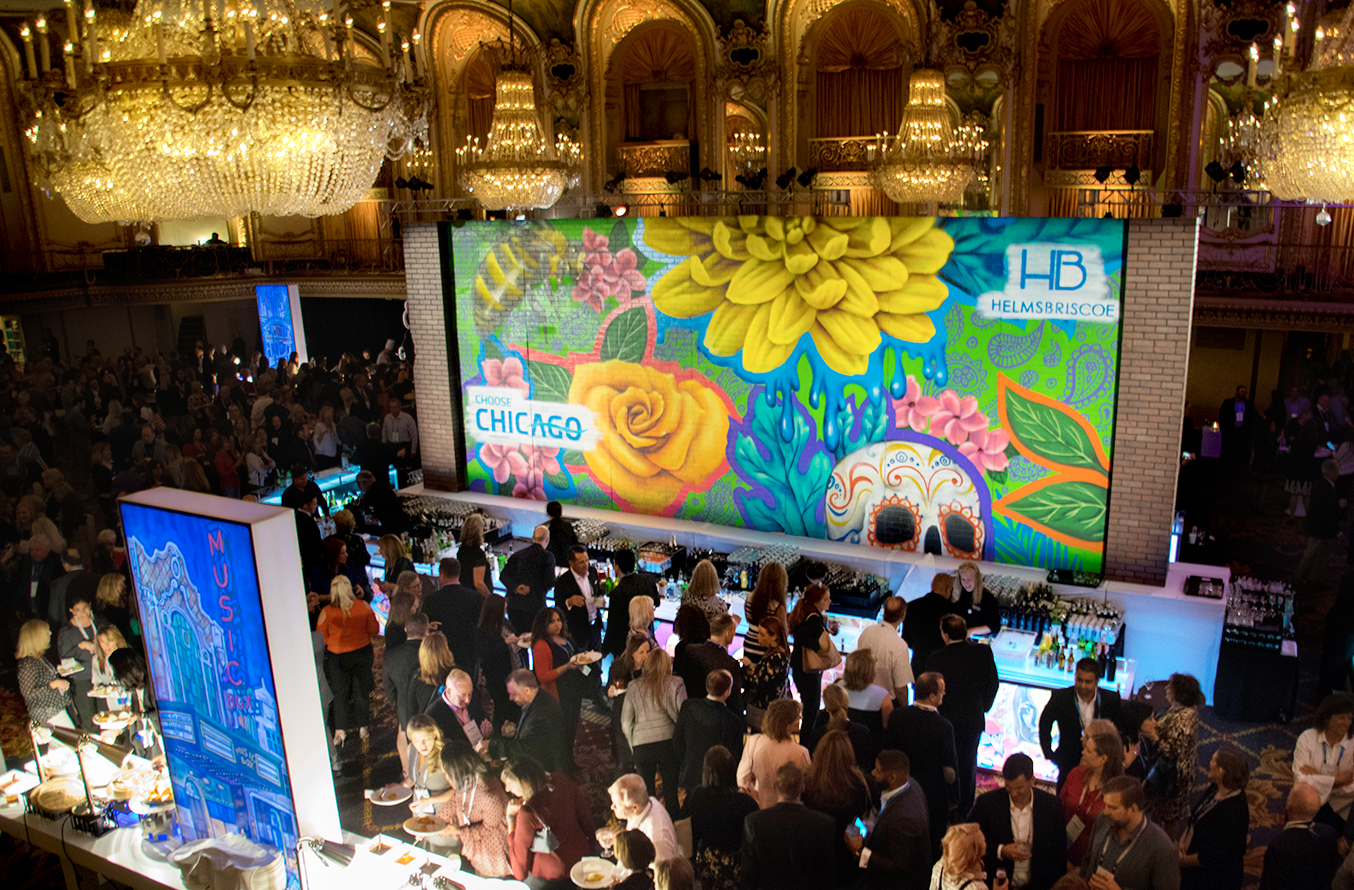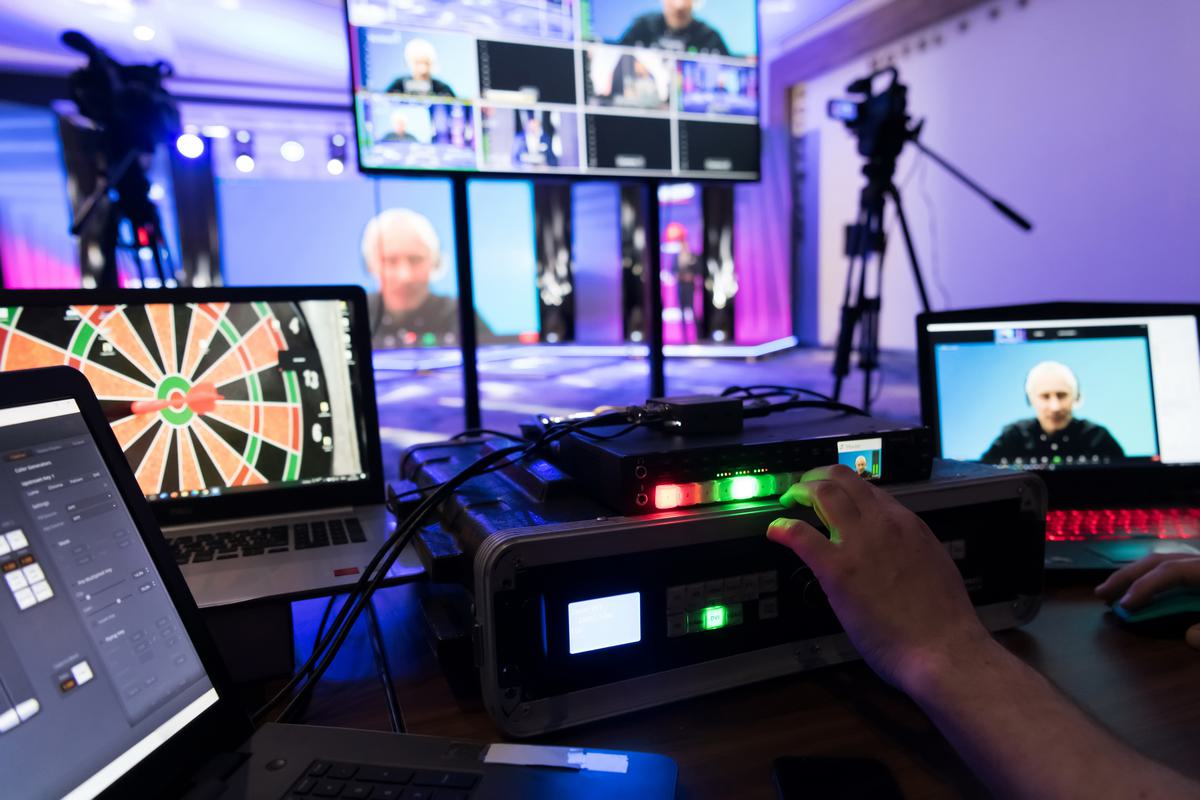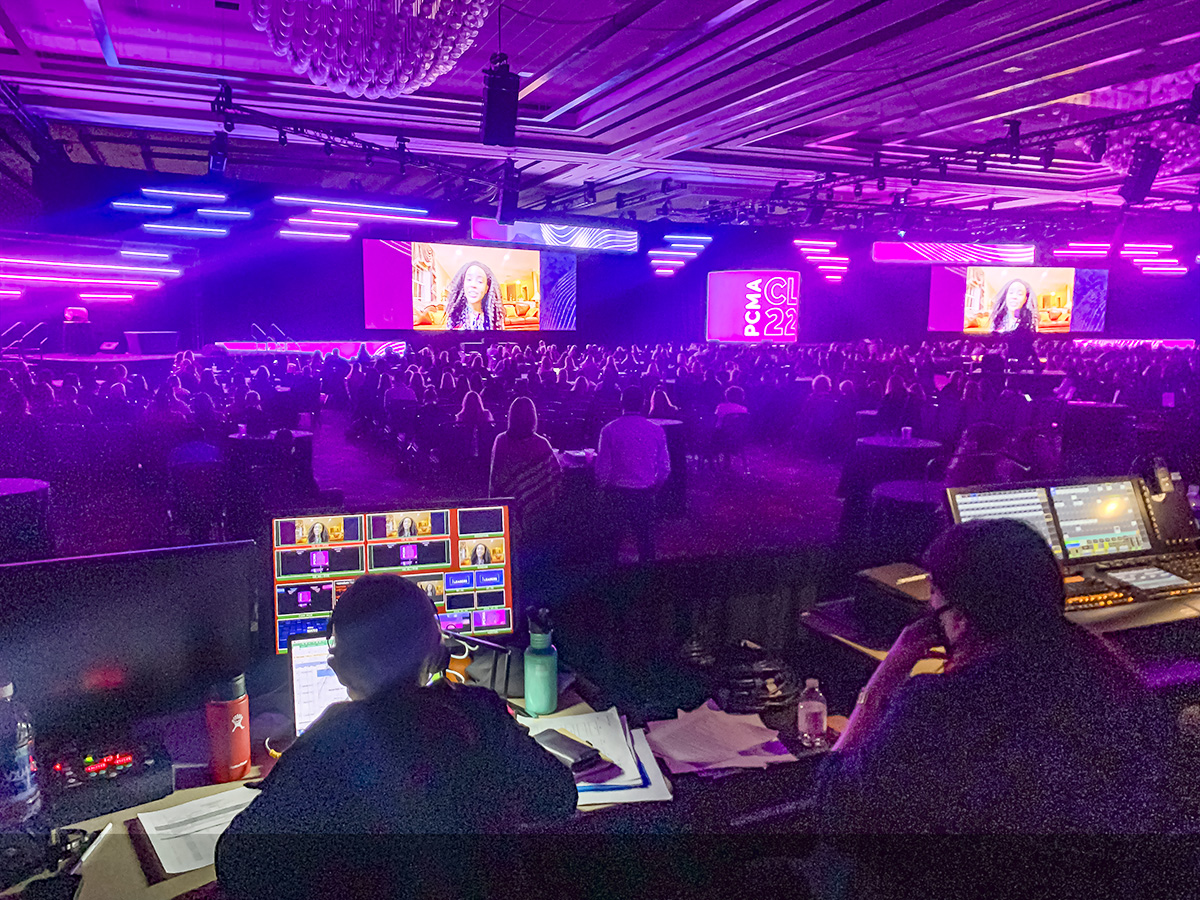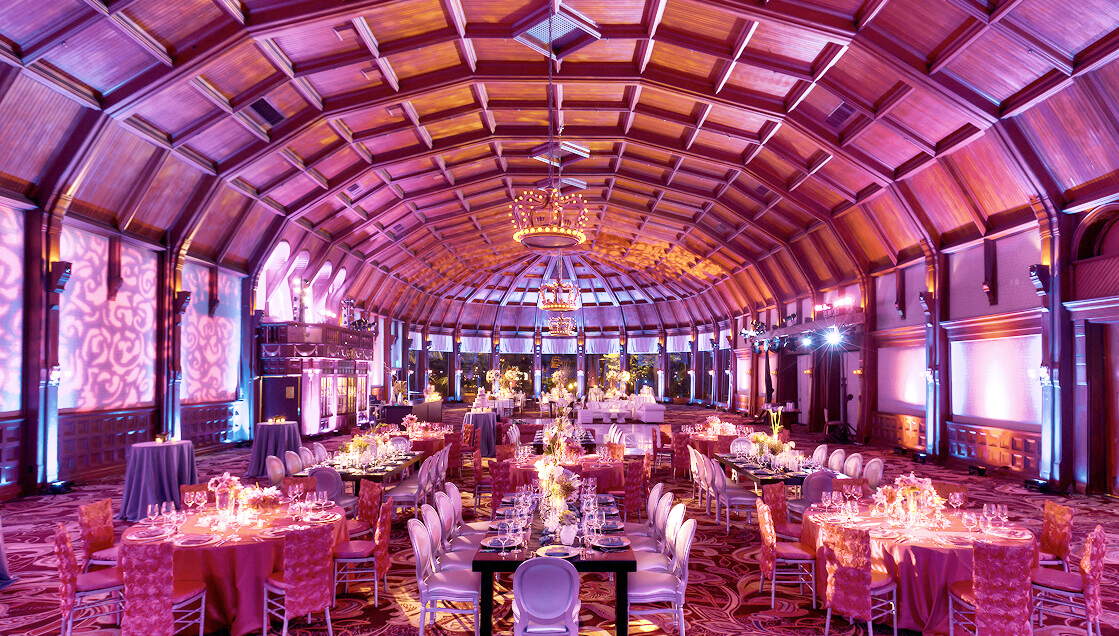Create messages and visuals that resonate and meet business goals with support on everything from booth design to large-scale convention branding.
Conventions & Tradeshows
Conventional turned exceptional
As your trusted partner, we’re here to ease everything from keynote addresses to general service contracting, lending our hospitality focus and full-service support so you can that bring audiences together and deliver results for attendees, exhibitors and sponsors.
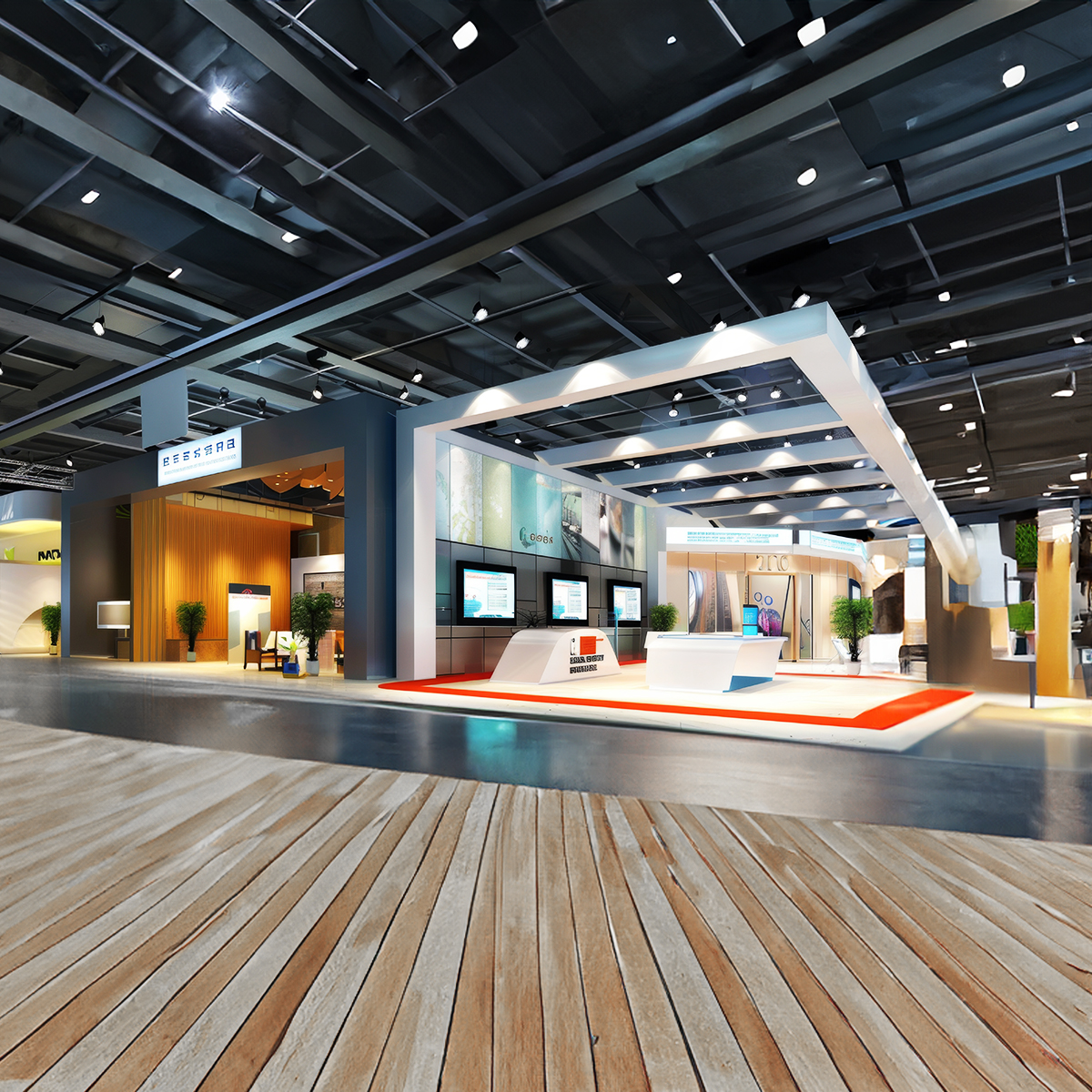
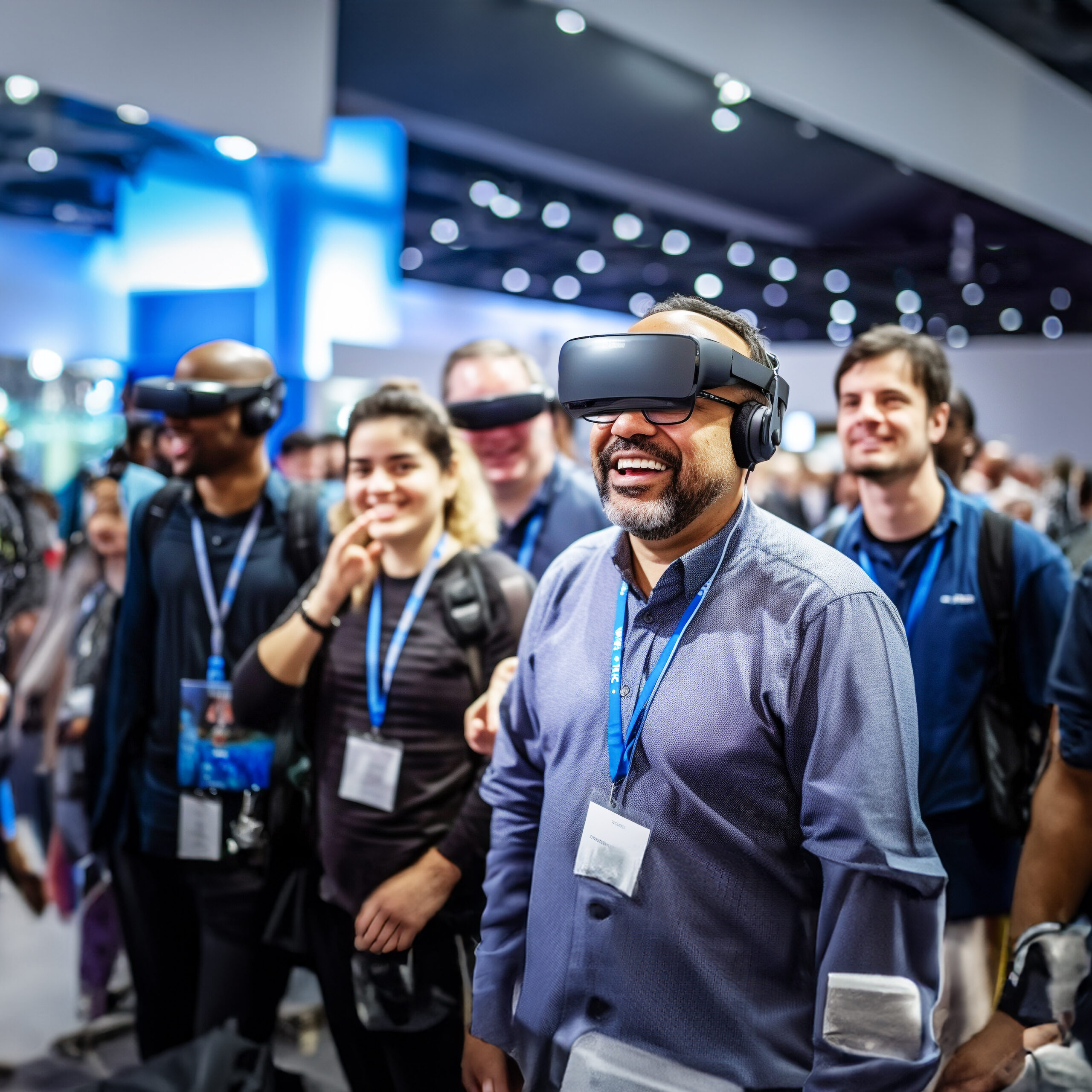

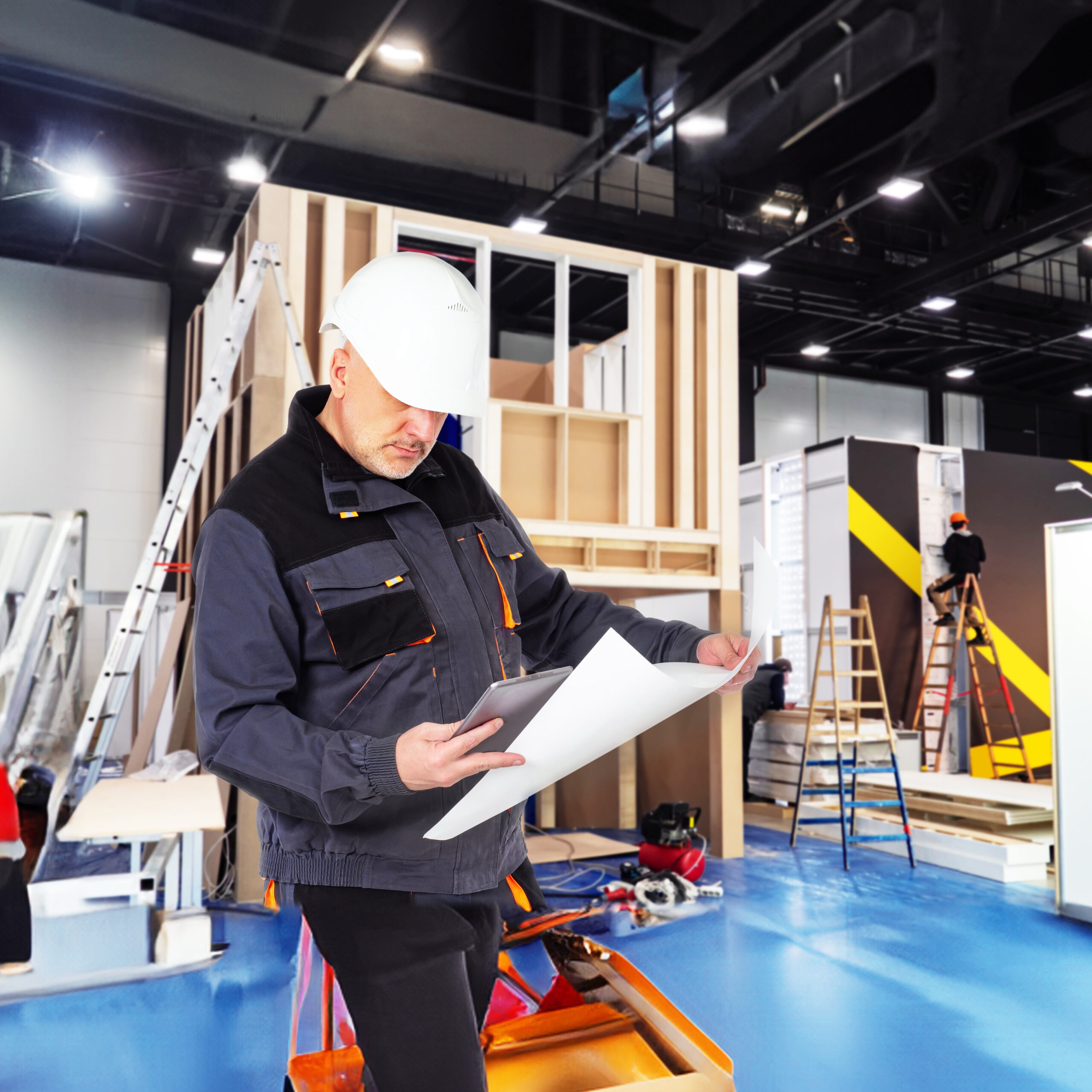
Case Studies
See how we bring ideas to life with end-to-end solutions designed to simplify your planning process and create one-of-a-kind experiences.
